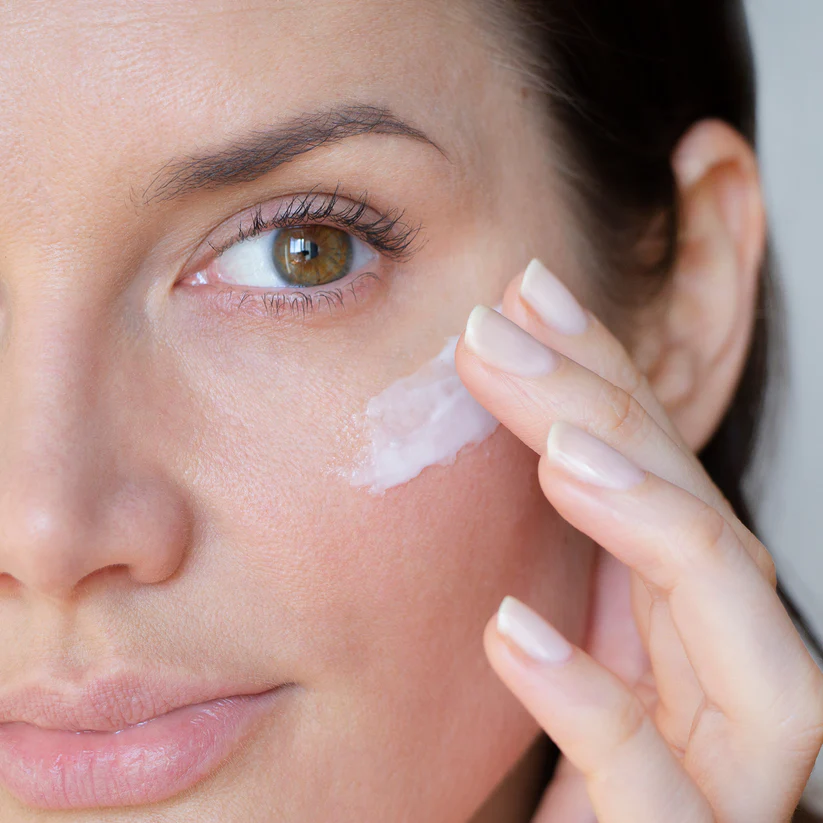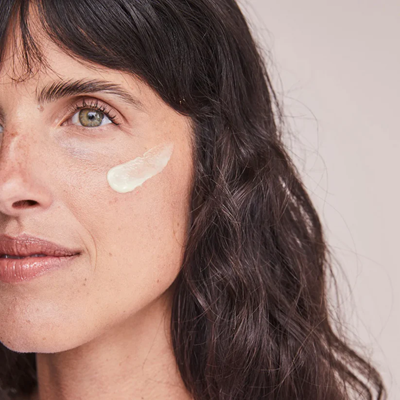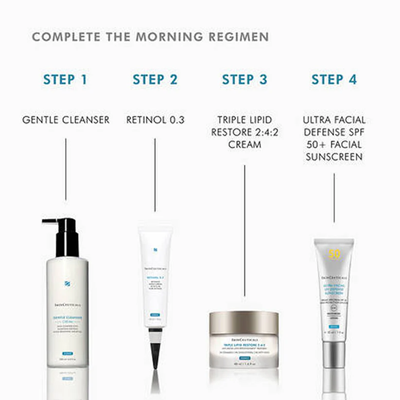
Retinol 101: Kickstart Your Fall Renewal
Share
Dermatologists and skin experts consistently rave about retinol—the "gold standard" in anti-aging. A vitamin A derivative, it boosts collagen, fades fine lines, and brightens skin tone; while many pause use in summer, cooler weather (and less sun exposure) makes it perfect to reintroduce to your routine.
What is Retinol?

Retinol, one specific type of vitamin A, stands as a top-tier component in skincare products. It's highly praised because it can make skin cells renew faster, boost collagen production, and tackle a range of common skin issues—such as fine lines and wrinkles, acne breakouts, rough or uneven skin texture, and areas of darker pigmentation (like sun spots or age spots). When it speeds up the process of dead skin cells flaking off, retinol not only uncovers skin that feels smoother and looks brighter right away but also helps build up the skin's long-term strength and ability to stay healthy.
Benefits for Every Age Group
Retinol works as a flexible skincare ingredient, fitting well with the different skin care needs people have at various ages:
- In Your 20s: It helps keep acne at bay and clears up existing breakouts, while also making skin texture smoother and balancing out uneven skin tone.
- In Your 30s: It focuses on those early fine lines that start to show, gives collagen production a lift, and keeps your skin looking fresh and youthful.
- In Your 40s and Older: It eases deeper wrinkles that have formed over time, makes skin feel firmer, and lightens the appearance of age spots.
How to Introduce Retinol Safely

The number one rule with retinol is patience. Rushing in will lead to irritation, not results. Follow these steps for a smooth start:
-
Patch Test
Before you put it on your face, first try a small amount on a patch of skin—like your neck or the area behind your ear. Keep using it there for a few nights in a row to make sure your skin doesn't have any bad reactions, like redness, itching, or irritation. -
Pick the Right Strength (Start Low)
Beginners should start with a low concentration (0.025%–0.3%) to minimize irritation. Veterans can opt for 0.5%–1% for more dramatic results. -
Take It Slow When Increasing Usage
• Weeks 1 to 2: Use it just once a week, and only at night—since retinol breaks down when it's exposed to sunlight. Grab a pea-sized amount and smooth it onto skin that's clean and totally dry. Focus on your forehead, cheeks, and chin, but skip the area around your eyes, the bridge of your nose, and any spots that are already irritated.
• Weeks 3 to 4: If your skin doesn't get red or start peeling, you can bump it up to twice a week.
• After the first month: Little by little, work your way up to using it 3 or 4 times a week. If your skin handles it well, you can even use it every night. -
Use Moisturizer to "Buffer"
"Buffering" just means putting on a lightweight moisturizer first—look for ones with hyaluronic acid or ceramides—before you apply retinol. This creates a thin barrier that eases irritation, and it also keeps your skin from getting dry, which is super important when fall air gets crisp and drying. After you put on the retinol, lock in all that moisture with a thicker, richer night cream. -
Never Skip Sunscreen
Retinol makes your skin more sensitive to the sun, so you need to put on a broad-spectrum SPF 30 or higher every single day. That goes for cloudy fall days too—even if the sun isn't shining bright. Wearing sunscreen protects your skin from damage and also helps you get the most out of what retinol can do.
A Gentle Alternative: Bakuchiol
If you have really sensitive skin, or if you're nervous about trying retinol, there's a great plant-based option to turn to: bakuchiol.
Dermatologists have done studies that show bakuchiol works almost as well as retinol—it makes skin firmer, fades wrinkles, and lightens dark spots from hyperpigmentation—but it's way less likely to irritate your skin. It's definitely a perfect pick for anyone who wants a gentler way to refresh their skin. The only thing is, its effects take a bit longer to show up—you'll need to use it consistently (usually for 12 weeks or more) before you notice clear improvements.
Frequently Asked Questions
Can sensitive skin use retinol?
Yes—but start with 0.1% retinol and buffer heavily. Avoid using retinol with other irritants (like salicylic acid or high-concentration vitamin C) at first.
Is retinol safe during pregnancy or breastfeeding?
Most dermatologists recommend avoiding pure retinol (and high-dose vitamin A products) during pregnancy/breastfeeding. Bakuchiol or hyaluronic acid are safer alternatives—always check with your doctor first.
Start Now, Glow by the Holidays
October is the sweet spot to launch your retinol routine: By Thanksgiving or Christmas, you'll start seeing smoother texture, brighter skin, and softer lines—no last-minute skincare panics needed.
